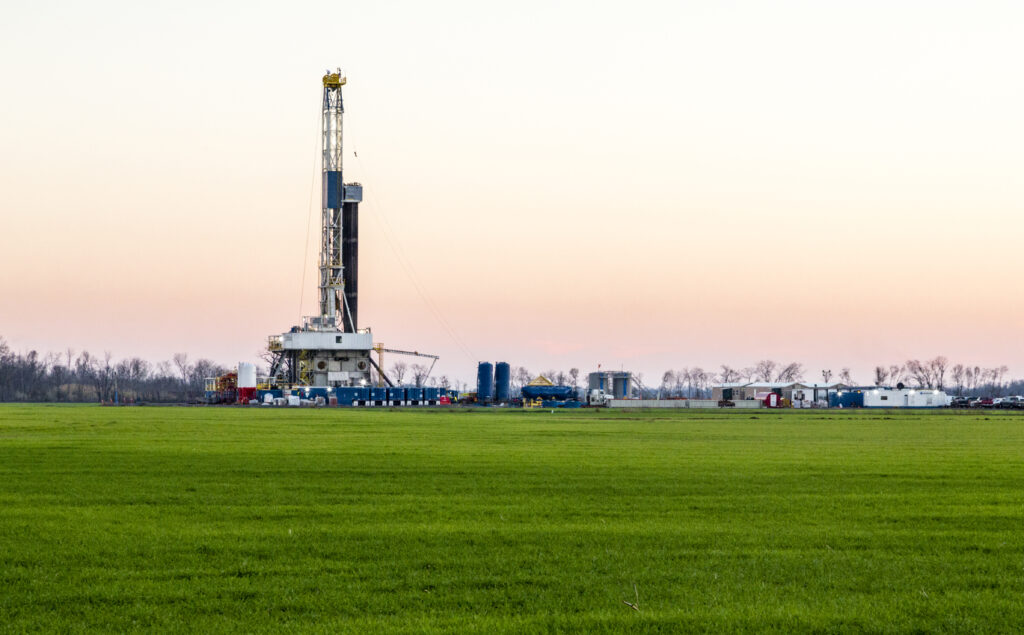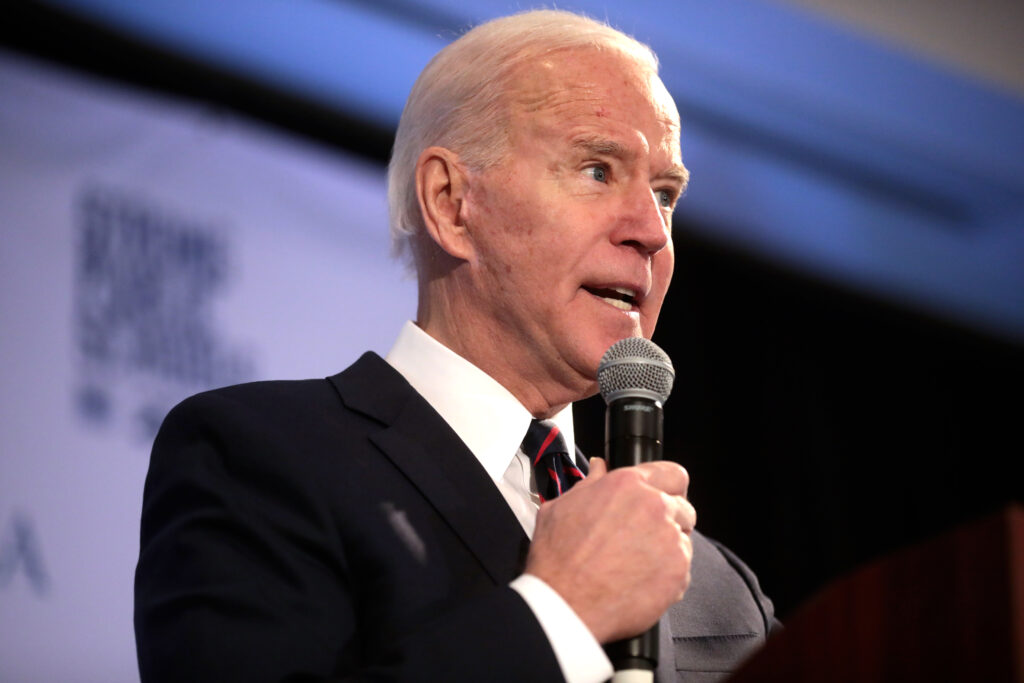Facing a widening budget deficit in the midst of a deepening recession, California Gov. Arnold Schwarzenegger (R) has proposed tapping into a rich source of oil and natural gas near Santa Barbara to help alleviate the Golden State’s growing economic woes.
Royalty Windfall
Long an opponent of offshore drilling, Schwarzenegger now supports a plan that would allow Texas-based Plains Exploration & Production Co. to bore as many as 30 wells from existing oil platforms near Vandenberg Air Force Base.
The platforms are located in federal-government-controlled waters, and the company would use slant drilling to access the oil and gas in state waters.
Under the proposal, Plains would speed up royalty payments to the revenue-starved state, providing $100 million a year over the next 14 years, and would then decommission the wells. To sweeten the pot for environmental groups, the company would donate for public use 4,000 acres of land it owns.
Schwarzenegger and other supporters of the plan believe the offshore drilling will result in $1.8 billion in revenues for the state by 2022.
Bureaucratic Obstacles
In January, California’s State Land Commission rejected, by a 2 to 1 vote, the governor’s proposal to drill in the area, known as the Tranquillion Ridge. Undaunted, Schwarzenegger now wants to bypass the Lands Commission and take the matter directly to the state legislature in Sacramento.
Even if the legislature agrees, however, the proposal will need the approval of the state’s Department of Finance, the California Coastal Commission, and the federal Minerals Management Service.
Complicated Politics
The political landscape is as complicated as the bureaucratic hurdles are high. Many environmentalists, traditionally opposed to all offshore drilling, actually support the plan. They see it as setting a definite ending date, after which no drilling will take place in the waters off Santa Barbara County.
At the same time, however, they are uncomfortable with Schwarzenegger’s end-run around the Lands Commission.
“We’re in an awkward position of having a means to an end that is very problematic for us,” said John Abraham Powell, president of Get Oil Out! according to a June 7 story in the San Francisco Chronicle. “We think it’s a great project. But we are also in strong support of the use of independent commissions.”
Citizens Support Production
Santa Barbara has been a flashpoint in the debate over offshore drilling since a 1969 oil spill off the picturesque city’s coast. That event is credited with helping give rise to the environmental movement—the first Earth Day was celebrated the following year.
By 2008, however, local attitudes toward offshore drilling had changed in response to higher gasoline prices and the state’s deteriorating economy. A 2008 poll showed Santa Barbara County residents, by a 63 to 29 percent margin, support more offshore oil production in California.
Natural Oil Pollution
Regardless of whether the Schwarzenegger proposal or some variation of it is adopted, the Santa Barbara Basin will continue to be polluted by oil and gas—by natural means. As in the Gulf of Mexico, natural hydrocarbon seepage in the Santa Barbara Basin exceeds the cumulative environmental impact of all oil and natural gas drilling in the region.
Testifying before the U.S. House Natural Resources Committee in February, Bruce Allen, cofounder of the pro-drilling group SOS California, pointed out: “Oil and gas seeps off the California coast are the second most active in the world, seeping 70,000 barrels of oil into coastal waters and 3 billion cubic feet of methane into the air every year.
“This annual oil seepage volume equals the entire 1969 oil spill and equals the Exxon Valdez oil spill amount every four years,” Allen noted. “Local beaches are washed in oil seepage from state and OCS [Outer Continental Shelf] waters for 100 miles of Central California coastline. These seeps pollute the ocean and beaches, sicken surfers, and are a significant source of air pollution in Santa Barbara County.”
Allen believes drilling for oil and gas off California’s coast will actually reduce pollution.
“In the last 40 years,” Allen told the committee, “there have been only 872 barrels of oil spilled offshore [in] California due to offshore production, with no lasting long-term environmental impact compared to the 2 million barrels of oil seepage into the same coastal waters.”
Bonner R. Cohen, Ph.D. ([email protected]) is a senior fellow at the Washington-based National Center for Public Policy Research.




